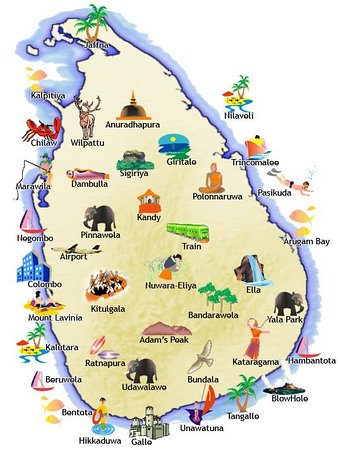AYUBOWAN
Sri Lanka was named the World’s Most Beautiful Island for 2025
Why Sri Lanka was chosen:
- Diverse Landscapes: The ranking highlighted the island’s “teardrop-shaped” beauty, from its white-sand beaches to its rolling, terraced tea plantations.
- Cultural & Historical Sites: Travelers can explore ancient temples and charming colonial towns, adding a rich cultural layer to the natural beauty.
- Wildlife Safaris: The list noted the opportunity for thrilling wildlife safaris in parks like Yala National Park, where visitors can see elephants and tigers.
ABOUT US
We are the best travel and tourism agency in Sri Lanka. you can pale your journey with us. Come and visit world beautiful island 2025 in the world is SRILANKA.

